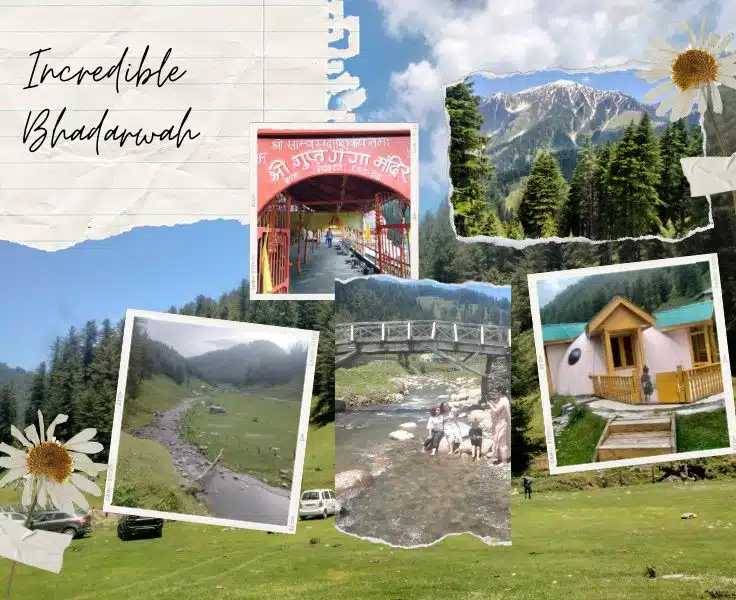History of Bhaderwah
The place that “Mahanju Daru and Harappan” civilization has in Indian history, the same place with history of Dugha Nagar and Udha Nagar civilization has in the history of Bhadarwah. With capital at today’s Garh, Sungli, the ancient Bhadarwah had been a sovereign and prosperous state . Its famous cities were Dugga Nagar and Udha Nagar, which was situated where village Mounda and Sartingal are situated today. According to Vasuki Puran, when Pandavas perform the Ashumegh Yagna, the “ Samkaran” horse that would graze upon the meadows in the surroundings of holy ‘Sonabain” was taken from Sawan the then king of Bhadarwah. It is also said that a University with capacity of lodging and boarding for about ten thousand students existed exactly where the Bhadarwah University campus is built. But as has been the universal truth, the glory of Dugga Nagar and Udha Nagar did not live forever. Both perished under the red hot material of the volcano that erupted on the near by Kailash Mountain . The ruling clan however, survived. After destruction of dugga Nagar and Udha Nagar, the then king Bharat established new city and named it as “Bhadarvart”. Today’s Bhadrote is the disfigured name of that city.

